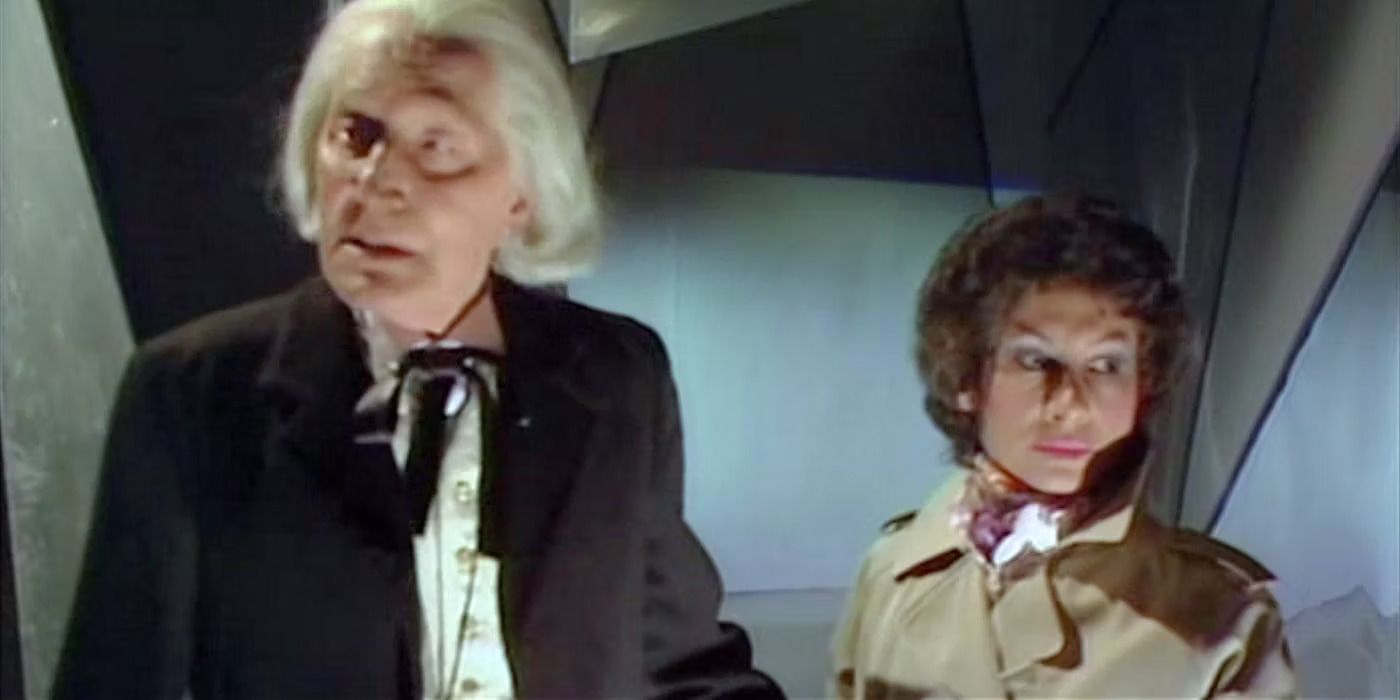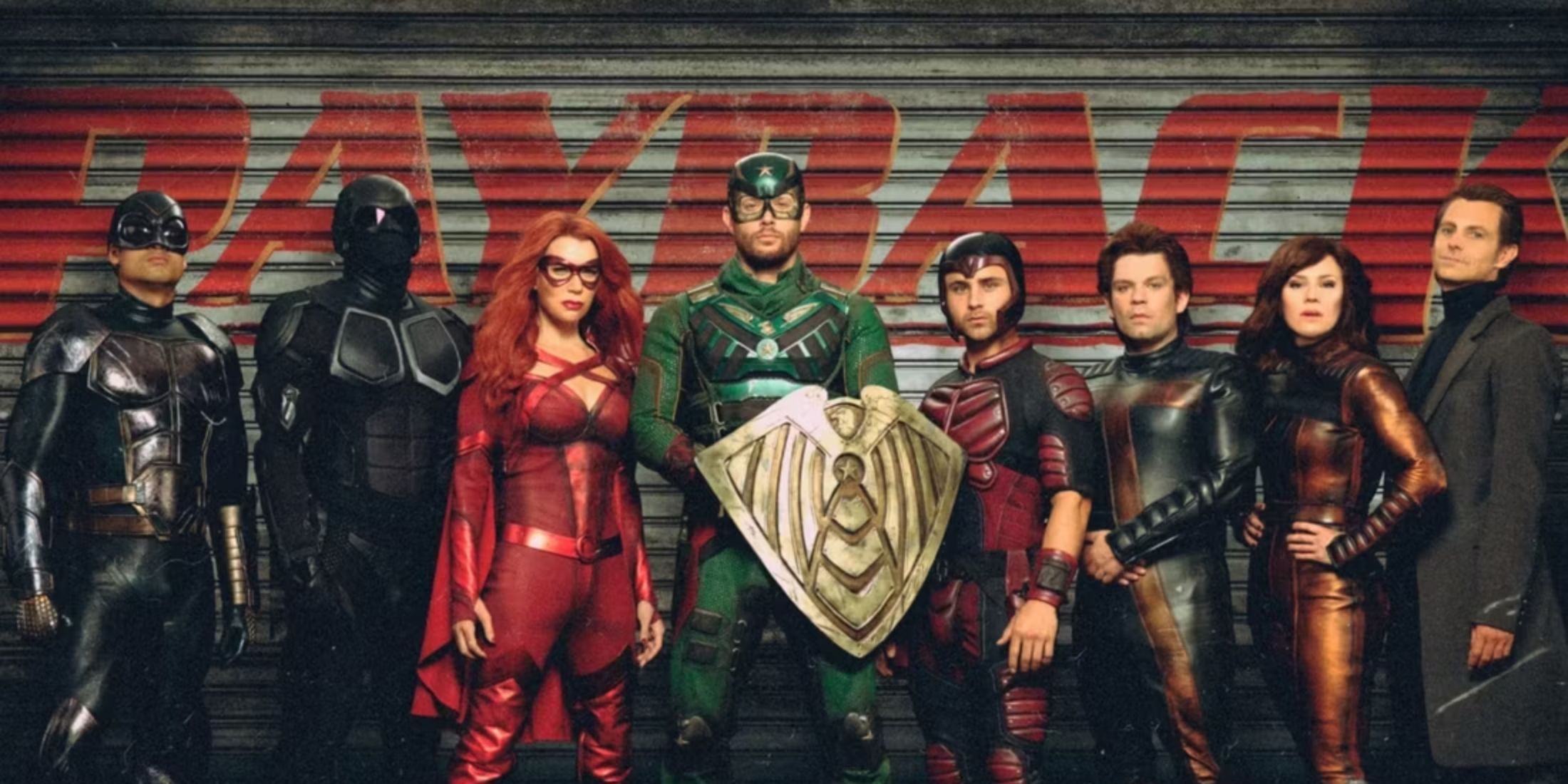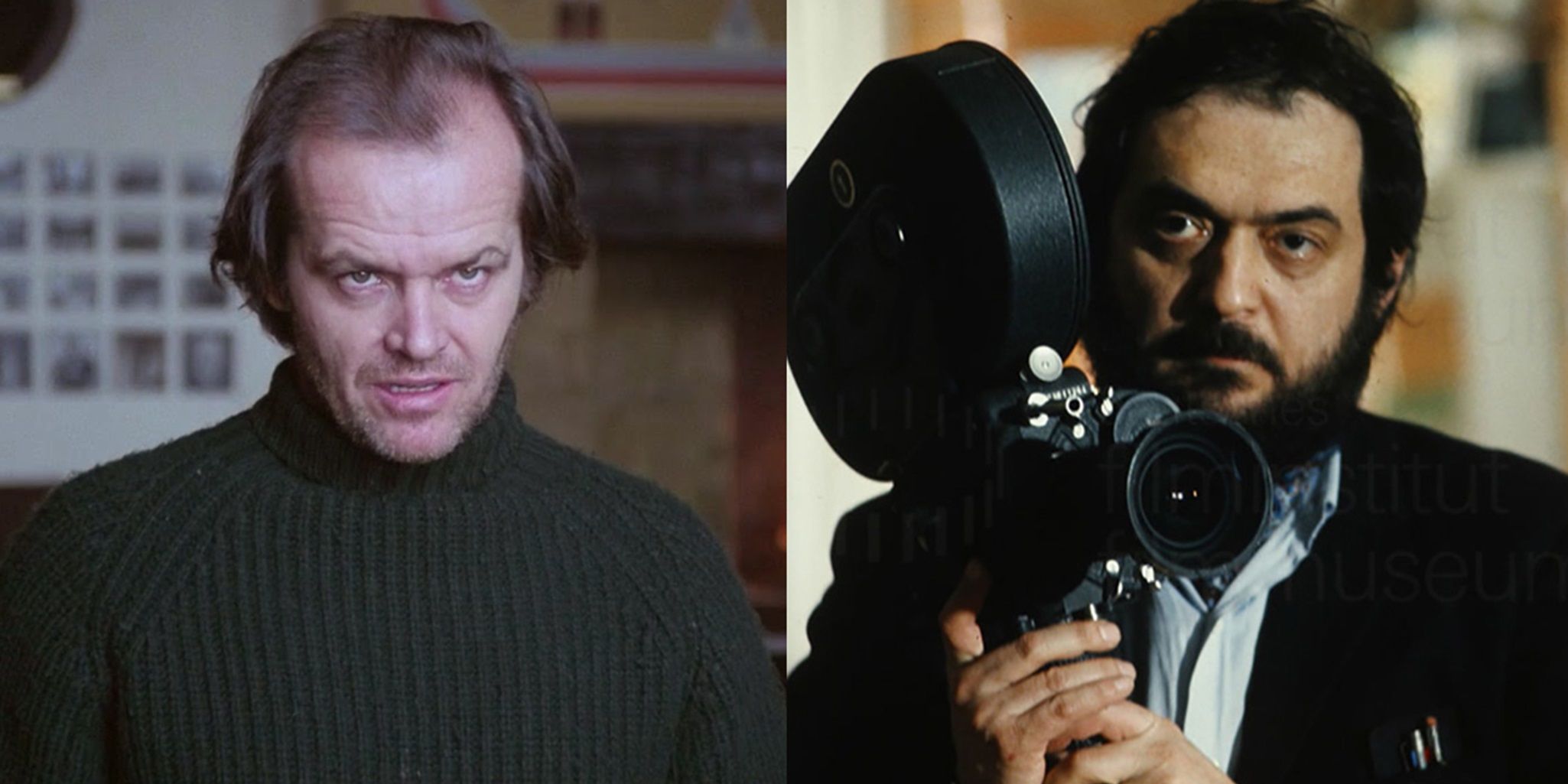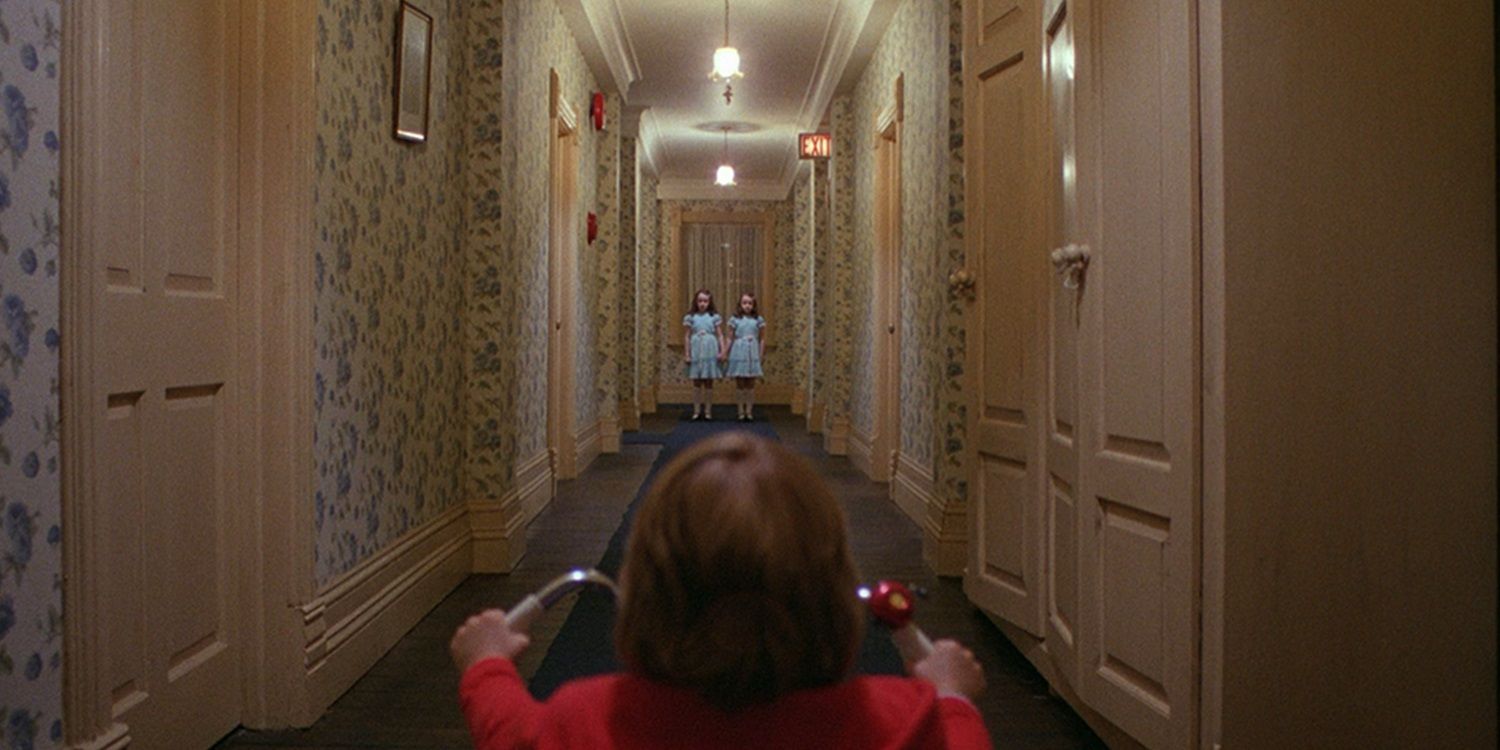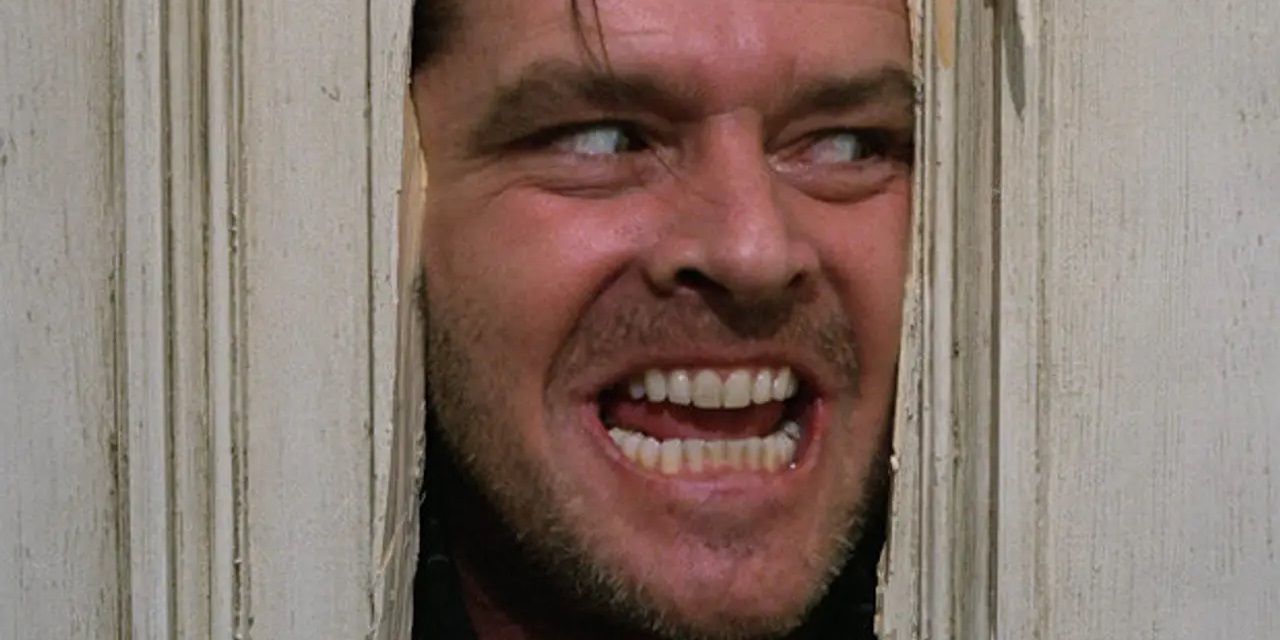Stephen King famously hates Stanley Kubrick’s movie adaptation of The Shining. In an interview with Deadline, King described Kubrick’s film as “a big, beautiful Cadillac with no engine inside it.” While the novel is a warm story about a family sticking together that ends with an explosion, the film is a chilling story about a family falling apart that ends with the patriarch being frozen alive. King isn’t a fan of the movie because Kubrick’s vision is the antithesis of his. But as far as the general moviegoing public is concerned, The Shining is a masterpiece. It’s been lauded as one of the greatest horror movies ever made, and has influenced just about every subsequent filmmaker who worked in the horror genre.
Both the novel and the film revolve around a struggling writer named Jack Torrance taking a job as the winter caretaker at the snowbound Overlook Hotel, where he is driven into a murderous rage and turns on his wife and clairvoyant son, but the adaptation deviates wildly from the source material. In King’s novel, Jack is a good man who is corrupted by the ghosts in the Overlook, but in Kubrick’s movie, Jack seems to despise his family from the get-go. While it’s not faithful to King’s original text, Kubrick’s version of the story is arguably much more unsettling. The hotel in the movie might not even be haunted; maybe all the ghosts are just hallucinations and the isolation alone is what causes Jack to lose his mind and turn to murder.
Kubrick brought something new to every genre he worked in. Dr. Strangelove turned a nuclear holocaust into a punchline. The Killing revolutionized the film noir with its nonlinear narrative structure. Paths of Glory disproved François Truffaut’s assertion that there’s no such thing as an anti-war film. 2001: A Space Odyssey offered a startlingly realistic portrayal of interstellar travel, an answer to the question of when apes evolved into humans (when they discovered violence as a means of solving their problems), and a prediction for the next step in human evolution. Before Kubrick took on a horror movie with The Shining, entries in the genre told traditional three-act stories with standard character arcs and emotional resolutions, all revolving around spooky tropes like vampires or zombies. But in Kubrick’s hands, a big part of the horror is the unconventional way that the story arcs unfold.
What makes The Shining a truly unique horror film is that it refuses to explain itself to the audience. No matter how many times a given viewer watches The Shining, it’s impossible to make sense of it. For every possible interpretation of the film, Kubrick included a detail or non-sequitur to contradict it. The true terror of Kubrick’s movie is that it doesn’t even give the audience the comfort of closure. The happy endings of Alien and The Exorcist give their audience the reassurance that everything will eventually work out, but what keeps people up at night after watching The Shining is that, as mesmerizing as it is, they can’t make head or tail of it. From the blood gushing out of the elevator to the densely packed hotel bar to the mysteries of Room 237 to the furry sex scene, nothing in The Shining makes any logical sense. These images are all symbolic of Jack’s darkest tendencies, but Kubrick doesn’t spell it out for the audience. If he does resolve a story thread, it’s a bleak and anticlimactic conclusion. After Dick Hallorann flies to Colorado, embarks on a dangerous drive through the snow, and arrives back at the Overlook, he doesn’t save Wendy and Danny as expected; he instantly takes an axe to the chest, courtesy of Jack.
According to the Washington Post, Kubrick described The Shining as “the story of one man’s family quietly going insane together.” With its increasingly indecipherable visuals and Lynchian, dream-like editing, The Shining manipulates its unsuspecting audience into quietly going insane with them. Kubrick puts the audience right in Jack’s disturbed mindset. As he gradually loses his mind, the movie gradually loses the plot. The movie is broken up by title cards, but these title cards are intentionally inconsistent as a constant reminder that the audience can’t predict where this movie is going. They start off with chapter titles (“The Interview,” “Closing Day”), then go from skipping an entire month (“A Month Later”) to denoting each day (“Tuesday,” “Thursday,” “Saturday”) to denoting the time of day (“8am,” “4pm”).
Kubrick carried the horror genre to new heights when he took King’s rich premise and used it to subvert the audience’s expectations of not just the story, but the way a story is told on film, in a truly disturbing way. The first act of the movie is more or less the same as the book, but after that, Kubrick takes the characters and their surroundings in bizarre, unexpected directions. King’s novel gave Kubrick a great starting-off point, but he turned it into something else entirely for film audiences.


